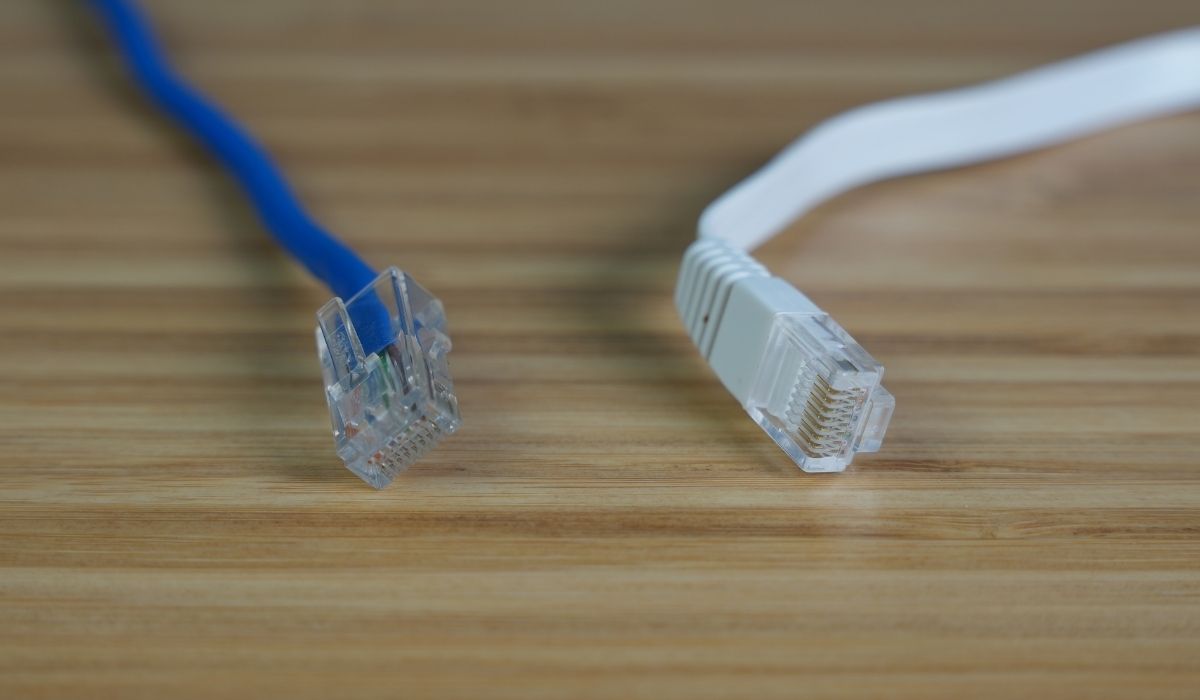Flat vs. Round Ethernet Cables: A Comprehensive Guide to Choosing the Best Cable for Your Networking Needs
3 min read
Ethernet cables are a fundamental component of modern-day networking, and they play a crucial role in ensuring smooth data transmission.
In this article, three industry leaders will delve into the differences between flat and round Ethernet cables and help you determine which is better for your networking needs. We aim to provide detailed, informative content to help you decide when to select the right Ethernet cable.
Flat Ethernet Cables: What Are They and What Are Their Advantages? According to Rob Giannini with Giaspace, Flat Ethernet cables are designed to have a thin, ribbon-like shape, making them ideal for tight spaces. They are commonly used in commercial and residential environments where cable management is crucial. Some advantages of using flat Ethernet cables include the following:
- Easy installation: Flat Ethernet cables are incredibly easy to install, as they can easily fit under carpets, through doorways, and other tight spaces. This makes them ideal for use in buildings with strict cable management policies.
- Flexibility: Due to their thin design, flat Ethernet cables are very flexible and easily bent and twisted without causing any damage. This makes them ideal for use when cables need to be routed around corners and obstacles.
- Aesthetically pleasing: Flat Ethernet cables are available in a wide range of colors, making them ideal for use in environments where the appearance of the cables matters.
Round Ethernet Cables: What Are They and What Are Their Advantages? Ed Anderson with Dyrand Systems shares, Round Ethernet cables, on the other hand, are more commonly used in industrial and outdoor environments. They are thicker and more durable than flat Ethernet cables, making them ideal for harsh environments where cables are exposed to mechanical stress, UV light, and other environmental factors. Some advantages of using round Ethernet cables include the following:
- Durability: Round Ethernet cables are more durable than flat Ethernet cables, as they are designed to withstand harsh conditions. They resist mechanical stress, UV light, and other environmental factors, making them ideal for outdoor and industrial use.
- Signal quality: Round Ethernet cables are less susceptible to interference, so they can transmit signals over longer distances without losing signal quality.
- Higher bandwidth: Round Ethernet cables can transmit data faster than flat Ethernet cables, making them ideal for use when high bandwidth is required.
Which Ethernet Cable is Better: Flat or Round? According to Kenny Riley with velocityit.net, the answer to this question ultimately depends on your specific networking needs. If you’re looking for an Ethernet cable that’s easy to install, flexible, and aesthetically pleasing, then a flat Ethernet cable may be the better option. However, suppose you’re looking for a more durable Ethernet cable that has a higher bandwidth and is less susceptible to interference. In that case, a round Ethernet cable may be the better option.
In conclusion, flat and round Ethernet cables have unique advantages and disadvantages. When selecting the right Ethernet cable for your specific needs, it’s essential to consider the environment in which the cable will be used, the distance over which the signal needs to be transmitted, and the required bandwidth. Considering these factors, you can select the right Ethernet cable to meet your specific networking needs.




